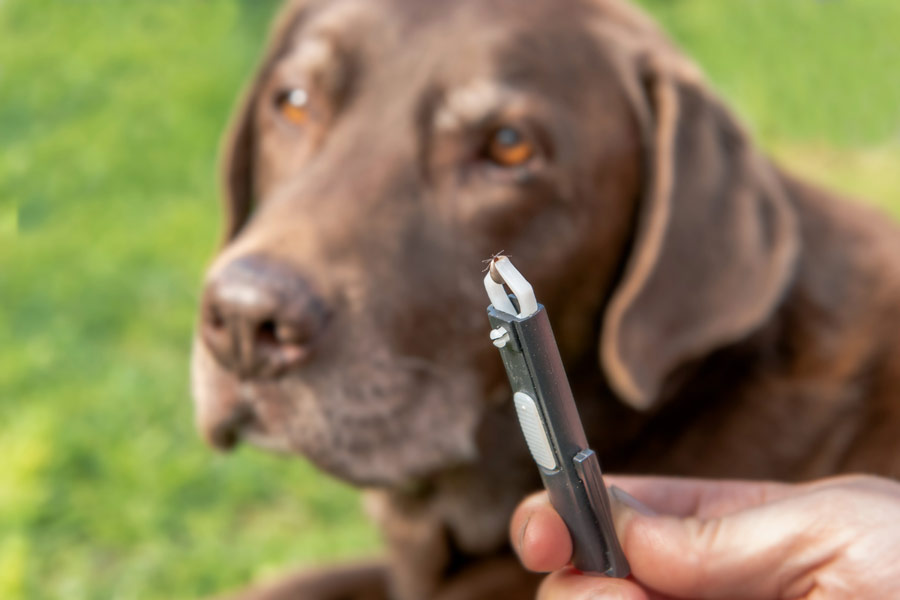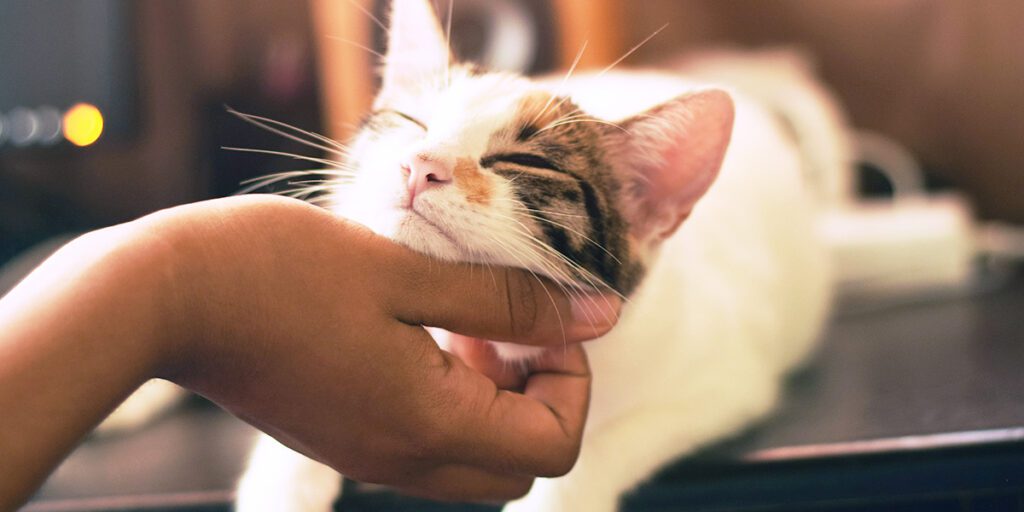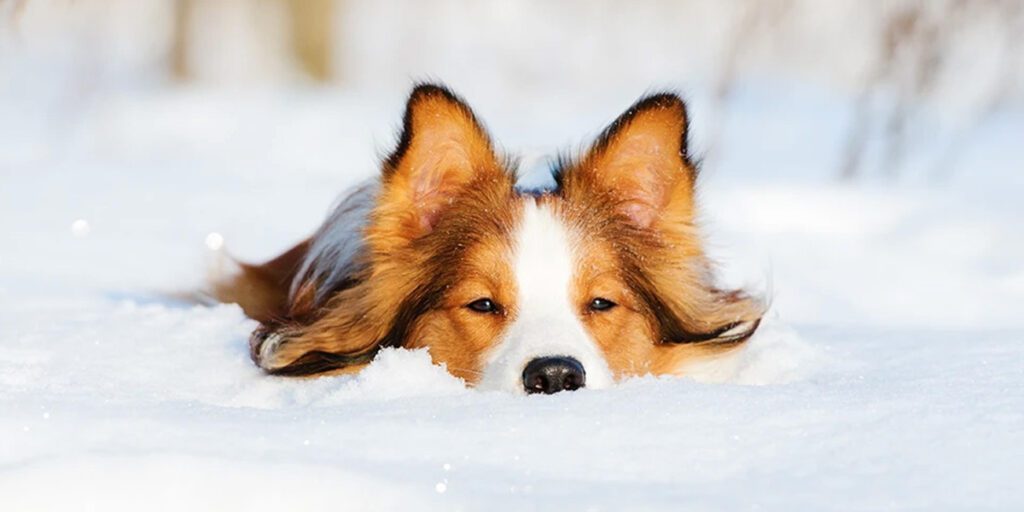After a winter of incessant rain, dog owners often face a daily battle with mud. As the fields and parks turn to sludge, keeping our dogs clean and smelling pleasant takes a great deal of time and effort, and can be a tricky task to undertake.
It is predicted that the amount of money spent on pet hygiene will reach £380 million by 2017*, highlighting the value placed on furry household members. However, keeping on top of a dog’s cleanliness doesn’t need to cost the earth or become a stressful process. Sarah Solomon, Practice Manager of Heath Veterinary Clinic in Burgess Hill and Hurstpierpoint, offers her simple-to-follow tips on how to bathe your dog at home without the trauma:
The importance of grooming
Bathing and grooming are two different things. It is important to give your dog’s coat a thorough brush at least once a week to ensure the hair doesn’t become matted. You can also check the general health of your dog, looking for any unusual lumps, bumps or ticks too. For longer-haired dogs, brush their coats before a bath to ensure they are easier to wash once in the water.
Please don't overdo it
Bathing your dog is the best way to remove mud; however, dogs don’t need to be washed as much as humans. If your dog is only slightly dirty, try grooming first, as it is possible to over-bathe your pet and remove natural oils found on the skin. Use dry shampoos sparingly as they can dry out the coat and cause itching.
Prevent slips
Dogs that feel unsure on their feet in the bathtub are more likely to become anxious and stressed. By placing a rubber bath mat on the bottom surface, your pet will feel more secure and sure-footed, preventing slips and injuries. Keep the water warm and the shower spray light.
Familiarisation
Let your dog sniff any equipment you may use, for example, brushes and shower sprays, and introduce the sound of running water before soaking your dog. These simple techniques will enable your pet to become accustomed to the sights and sounds of bath-time. Reinforce good behaviour with plenty of praise and treats, ensuring a calm and controlled atmosphere.
The power of massage
Stressed pets often respond well to massage. To ensure a calm bathing experience for your dog, massage with a firm but gentle hand, stroking along the back, leaving one hand on top of your dog’s head and a second on the end of the back above the pelvis. Continue to make long sweeping movements down the back to the base of the spinal cord, one of the areas on your dog that helps with relaxation. This technique is perfect for the nervous or stressed dog, and with regular use will be an instant calming technique.
DON’T FORGET TO CONTACT YOUR LOCAL VETERINARY CLINIC FOR YOUR PET’S GENERAL HEALTH CHECK-UPS, INCLUDING NAIL CLIPPING AND TEETH CLEANING.


